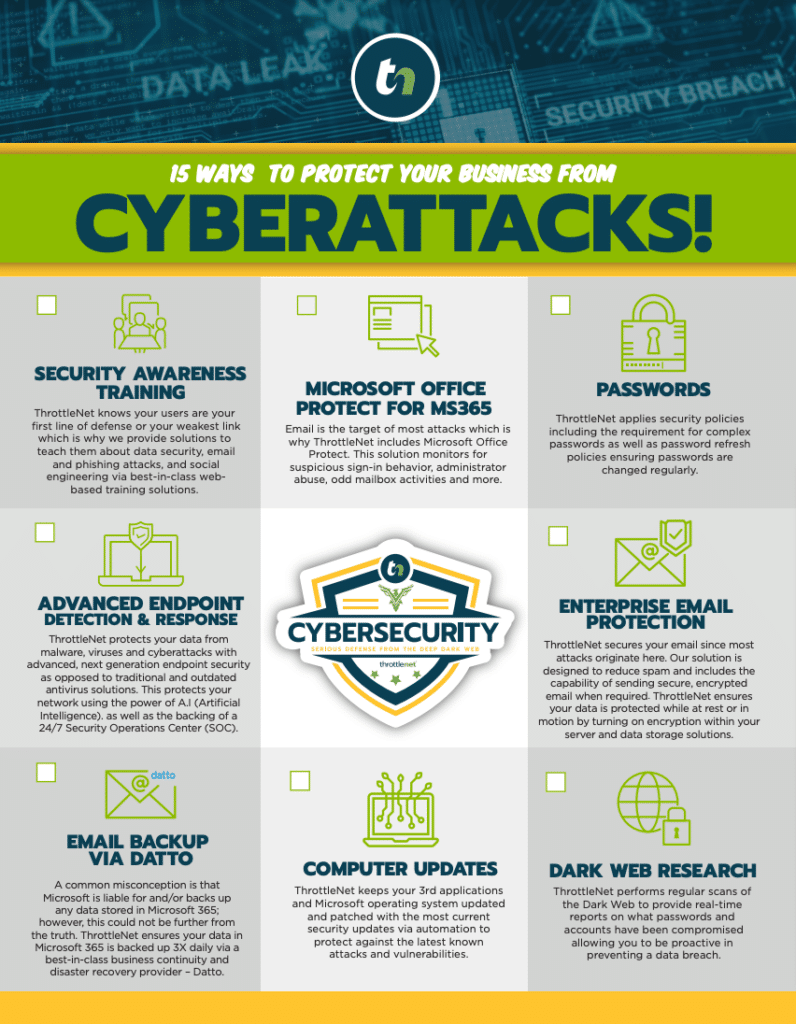In today’s threat-filled digital landscape, having a secure business network is a baseline requirement. Many business leaders are asking, “what is NIST?” and how its cybersecurity framework can help protect their systems against evolving threats. With cyberattacks becoming more frequent, more sophisticated, and more expensive, organizations of all sizes are turning to proven cybersecurity standards to strengthen their defenses. One of the most trusted and widely adopted of these is the NIST Cybersecurity Framework (CSF).
Developed by the National Institute of Standards and Technology, the NIST CSF is a flexible, risk-based framework that helps organizations identify, protect against, detect, respond to, and recover from cyber threats. Originally designed for critical infrastructure, it’s now a go-to cybersecurity blueprint for businesses across industries — from healthcare and finance to retail and property management.

What Is NIST and Why It Matters
You’ve probably heard the term — but what is NIST exactly? NIST stands for the National Institute of Standards and Technology, a U.S. government agency that develops cybersecurity frameworks and technology benchmarks. The NIST Cybersecurity Framework is one of their most influential contributions, offering businesses a structured, scalable way to manage cybersecurity risk.
So, what is NIST doing to help organizations today? It’s providing a common language and set of standards that guide companies through building secure systems, mitigating threats, and responding to incidents in real time.
How the NIST CSF Helps Secure Business Networks
The framework helps businesses:
- Reduce risk exposure by ensuring critical systems are identified, secured, and continuously monitored.
- Close security gaps through structured assessments and controls tailored to their operational needs.
- Improve incident response by establishing processes and communication plans for when — not if — an attack happens.
- Ensure regulatory alignment, supporting compliance with standards like HIPAA and PCI-DSS.
- Build a culture of security by fostering awareness and accountability across the organization.
Whether you’re asking what is NIST or how it applies to your business, the answer is the same: it offers a blueprint for proactive, reliable cybersecurity.
Why It’s Important to Partner with a NIST-Adherent Provider
Many businesses — especially small and medium-sized ones — don’t have the internal resources or expertise to build out a full NIST-aligned security program on their own. That’s where a managed IT or cybersecurity provider comes in. Here’s why partnering with one that follows the NIST CSF is a smart move:
- Proven Best Practices: A provider that adheres to the framework is using an industry-recognized gold standard to secure your systems.
- Stronger Risk Management: They help you identify vulnerabilities using NIST’s systematic approach to risk mitigation.
- Enhanced Threat Detection: With NIST-aligned tools and protocols, threats can be detected and neutralized early.
- Audit and Compliance Support: For businesses needing to meet regulatory requirements, a NIST-based approach provides the necessary documentation and controls.
- Long-Term Resilience: Working with a provider who understands what NIST is means your security strategy will evolve with the threat landscape.
Cybersecurity threats are only going to get more complex. Businesses that want to stay secure, compliant, and competitive need a framework they can trust — and a partner who knows how to implement it.
Still wondering what is NIST all about and whether it applies to your organization? Contact us at ThrottleNet to learn more!

Chris Montgomery
ThrottleNet Sales Director
[email protected]



